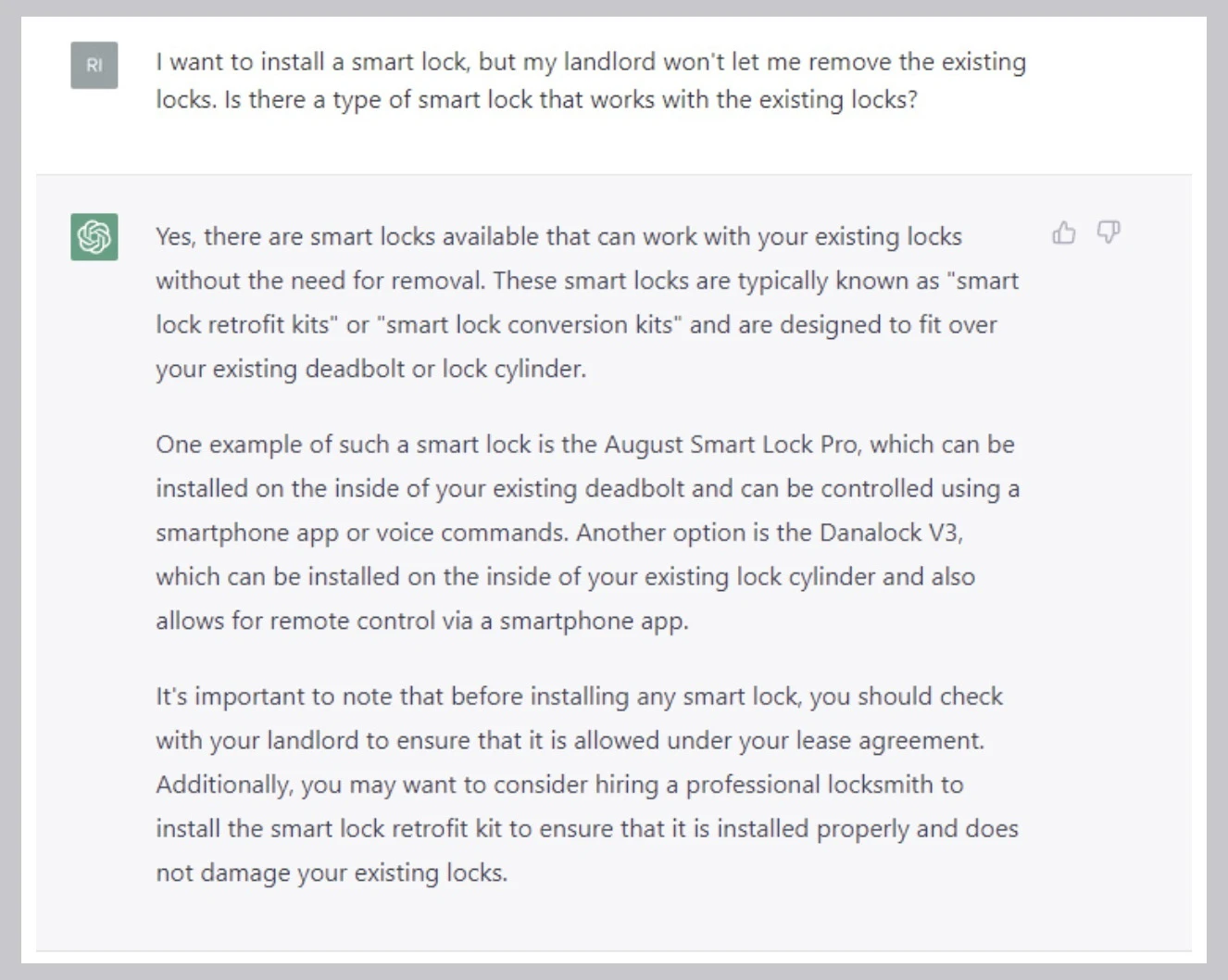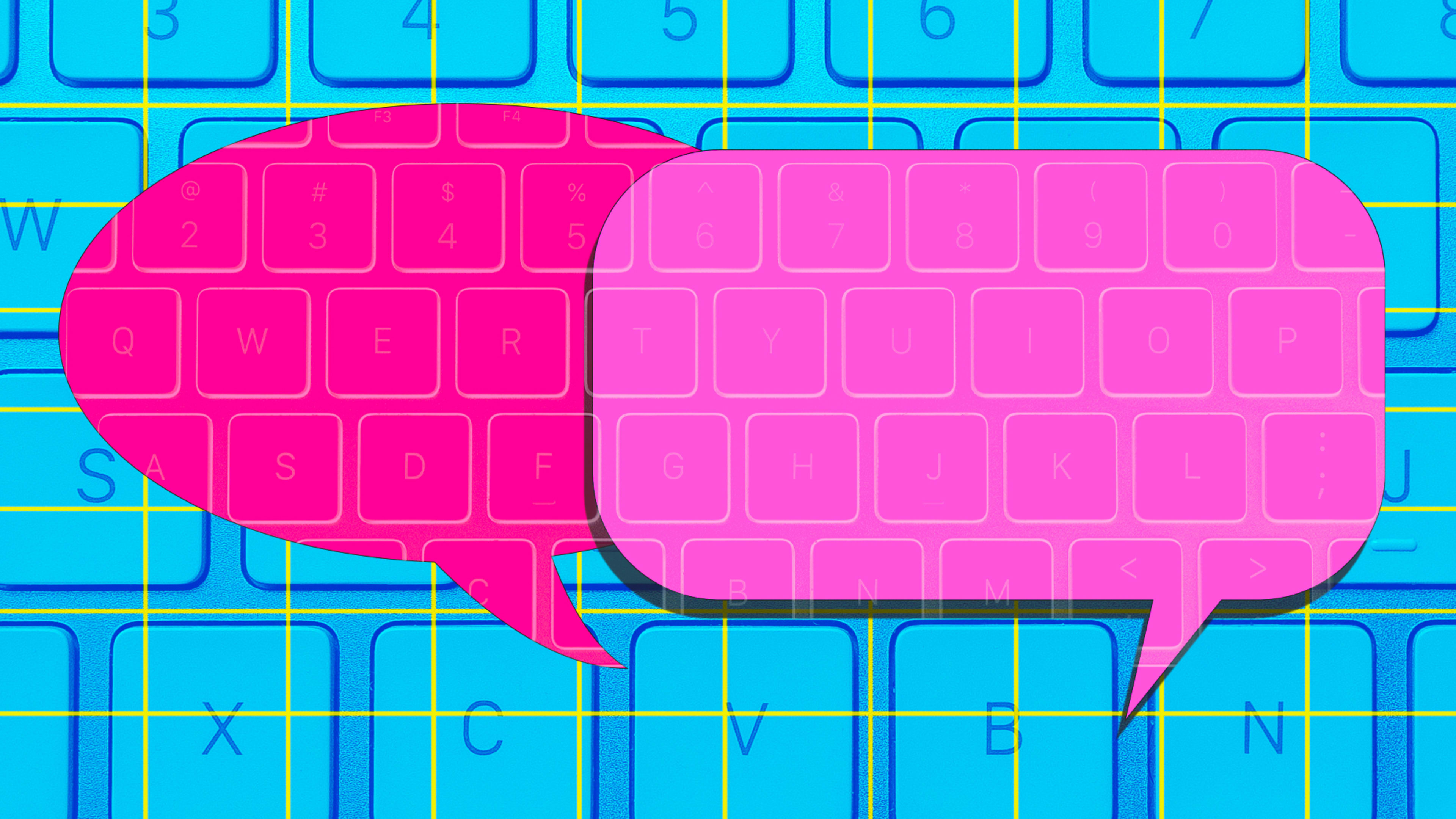Conversational AI is more than just a buzzword: it is a new technology fundamentally changing how we work with computers. The promise is that we can talk to computers like we talk to each other, asking questions in a normal way and getting answers that make sense. While still new, conversational AI is already changing the way we write, search, and even compose cover letters for job applications.
What is conversational AI?
Consider the last time you bought a cup of coffee. You went into the cafe, said hello to the barista, perhaps asked a question about the beans, then told them what you wanted. That social interaction is what conversational AI looks to replicate, except the barista could be a program that converses in a normal, friendly way, answering questions and making the experience easier and more pleasant—and the AI program will never get tired of people asking what a flat white is.
Conversational AI is possible because of a new set of technologies that lay bare the rules of language and teach computers how to understand questions as well as craft responses in similar ways to how humans do it.
Talking to a chatty AI
So how does this work in practice? I asked ChatGPT from Open AI a couple of questions. First, I asked it about Fast Company.

That’s a simple question, which ChatGPT answered by finding basic information about this very publication. You could also find this info from a Google search, but note that the AI isn’t just copying from our About page or Wikipedia like a search engine would. Instead, ChatGPT has taken several sources and distilled this information into a rephrased response.
Let’s try a more complicated question: Can ChatGPT give me advice on adding a smart lock to my rented home?

That’s a pretty good answer: SmartGPT didn’t just see the words “smart lock” and send a link to a smart lock store. Instead, it analyzed my question, deduced my intent, and suggested a couple of good options. If I had asked that question on a website that sold locks, I would be fairly happy with the answer. It also added some caveats that I, as a professional writer, would include. I did, in fact, say the same things in my article 4 easy ways to make your rental home smarter.
I should (to assuage my wounded pride) point out that ChatGPT got a couple of things wrong in its answer. These smart locks don’t fit over the lock cylinder, the part inside that recognizes the key. Both locks also require you to remove the thumb turn, the part you turn to unlock the door, which might upset the landlord. It also uses repetitive language: I won’t be hanging up my keyboard yet.
What is a key differentiator of conversational AI?
Technical quibbles about the answer aside, this flexibility is the thing that differentiates conversational AI from chatbots. We’ve had bots that can respond to simple queries about opening hours or phone numbers for years. Conversational AI takes this to the next level because it can answer questions in ordinary language and learn from its mistakes.
See the thumbs-up and down symbols on the right of the answer? On the ChatGPT site, these provide feedback that the AI can use to learn what was right and wrong about the answer it gave and refine its answers next time, a technique called reinforcement learning.
How conversational AI works
Two main technologies make conversational AI possible: natural language processing and machine learning models.
Natural Language Processing (NLP) is a technique where the computer running the conversational AI can pick apart the question and figure out what I am asking.
By applying a complex mix of statistics and algorithms, the program breaks down the question into a form it can process. It figures out what I am asking, and what I am asking it about. Am I asking about the past, the future, or the now? Am I looking for a specific fact? Am I expressing an opinion?
Machine Learning (ML) models are the secret sauce that creates the answer. An ML model is a set of rules that define how things are created. This can be anything from an image that looks like a Picasso to the answer to a question.
In my example above, I used ChatGPT, which uses a model called GPT-3, created by OpenAI. This model was created by crunching millions of books, articles, answers, and anything else that the creators threw at it, then using this data to derive the rules behind how language works. This was then refined by reinforcement learning, where people asked questions of ChatGPT (in the language of ML, this is called the prompt), which used the model to create an answer. Humans rated the answers, and the best ones were used as a basis for the next similar prompt. Over thousands of prompts, answers, and ratings, the model was refined.
To be clear here: ChatGPT doesn’t know anything about locks, and it isn’t intelligent in the same way that we are. Instead, it is a clever mimic that uses these rules to craft a response to my question. This mimicry isn’t specific to locks or any other question: it has an understanding of the structure of language, and the rules have been trained to create the best answer. These rules are not specific, though. It is more sophisticated than the simple cut-and-paste of a google query: an ML model can take the same rules and apply them to crafting any bit of text, including writing a haiku about smart locks.

This flexibility makes conversational AI an incredible tool for business, from helping with marketing to checking legal contracts and creating AI assistants to help you get things done.
Recognize your brand’s excellence by applying to this year’s Brands That Matter Awards before the early-rate deadline, May 3.
